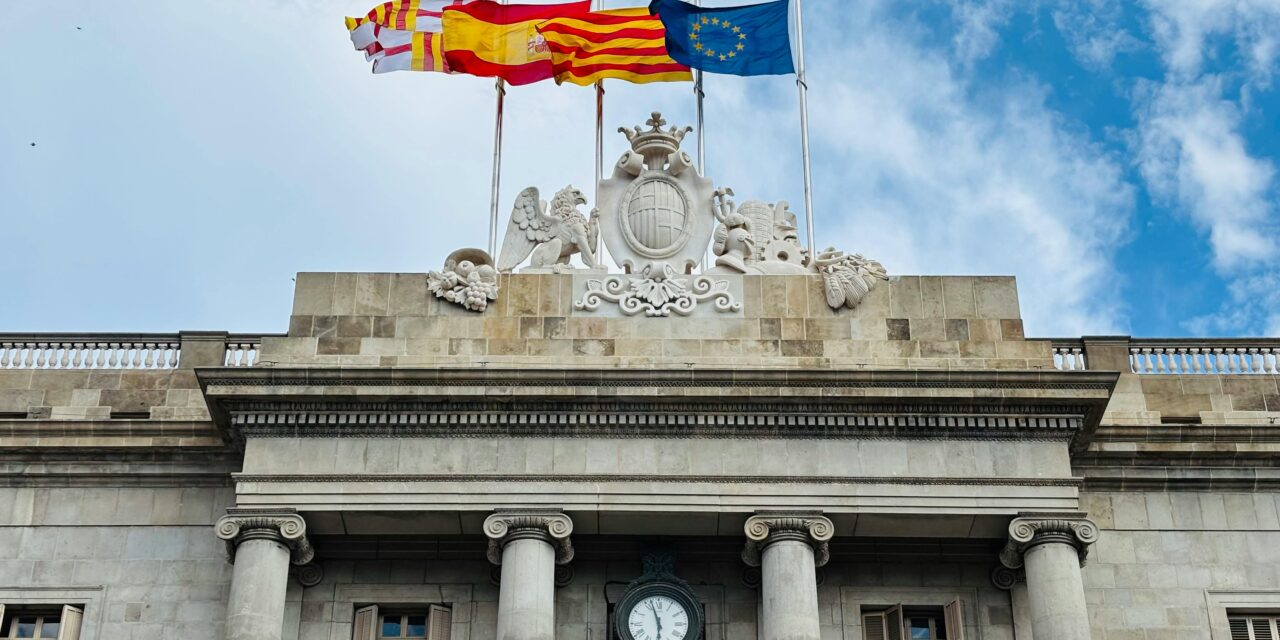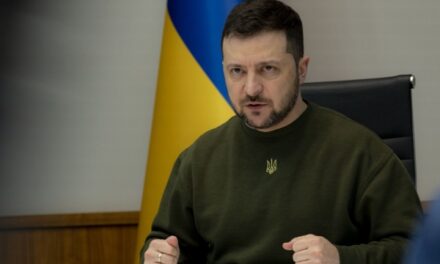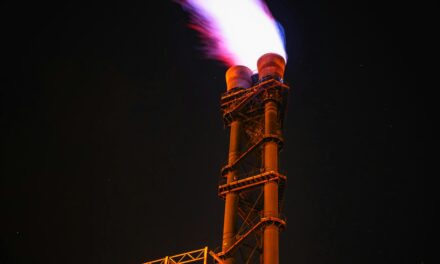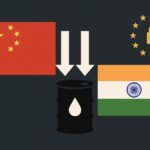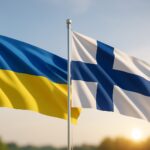Summary
EU Russian LNG ban is moving from talk to timetable. Spain’s system operator, Enagás, says it can stop taking Russian liquefied natural gas by 2027 if Brussels sets that date. The company already tracks cargo origins with documents and customs checks. That audit trail helps regulators enforce any cutoff without guesswork. Enagás also points to a liquid global market. US exporters stand ready to supply much of the gap.
Why this matters
Europe wants to choke off Kremlin energy revenues. A clean break reduces Moscow’s leverage over prices and policy. It also lowers risk in future crises. The plan aligns sanctions with security goals and public opinion after years of war.
How Spain will verify supply
Terminals require shippers to declare the source of each load. Enagás cross-checks papers against customs records. The practice deters relabeling and strengthens compliance. It gives buyers confidence that “Russian-free” actually means what it says.
Timeline and market impact
Brussels is preparing rules that phase out Russian oil and gas by 2028. Lawmakers also discuss a dedicated LNG ban. If the deadline shifts to 2027, Spain says it can meet it. More US LNG would sail into Europe. Some volumes could come from Qatar and other producers. A broader supplier base spreads risk across routes and seasons.
Where dependence lingers
Several EU states still land Russian LNG. Others take pipeline gas through TurkStream. A 2027 cutoff would shrink those flows. It would also push importers to sign longer contracts with non-Russian sellers.
What to watch next
Expect tighter origin-proof rules at entry points. Watch storage levels and winter price signals. Follow final EU votes on LNG measures and the broader fossil phase-out. If prices stay stable, the politics of a 2027 date get easier.

